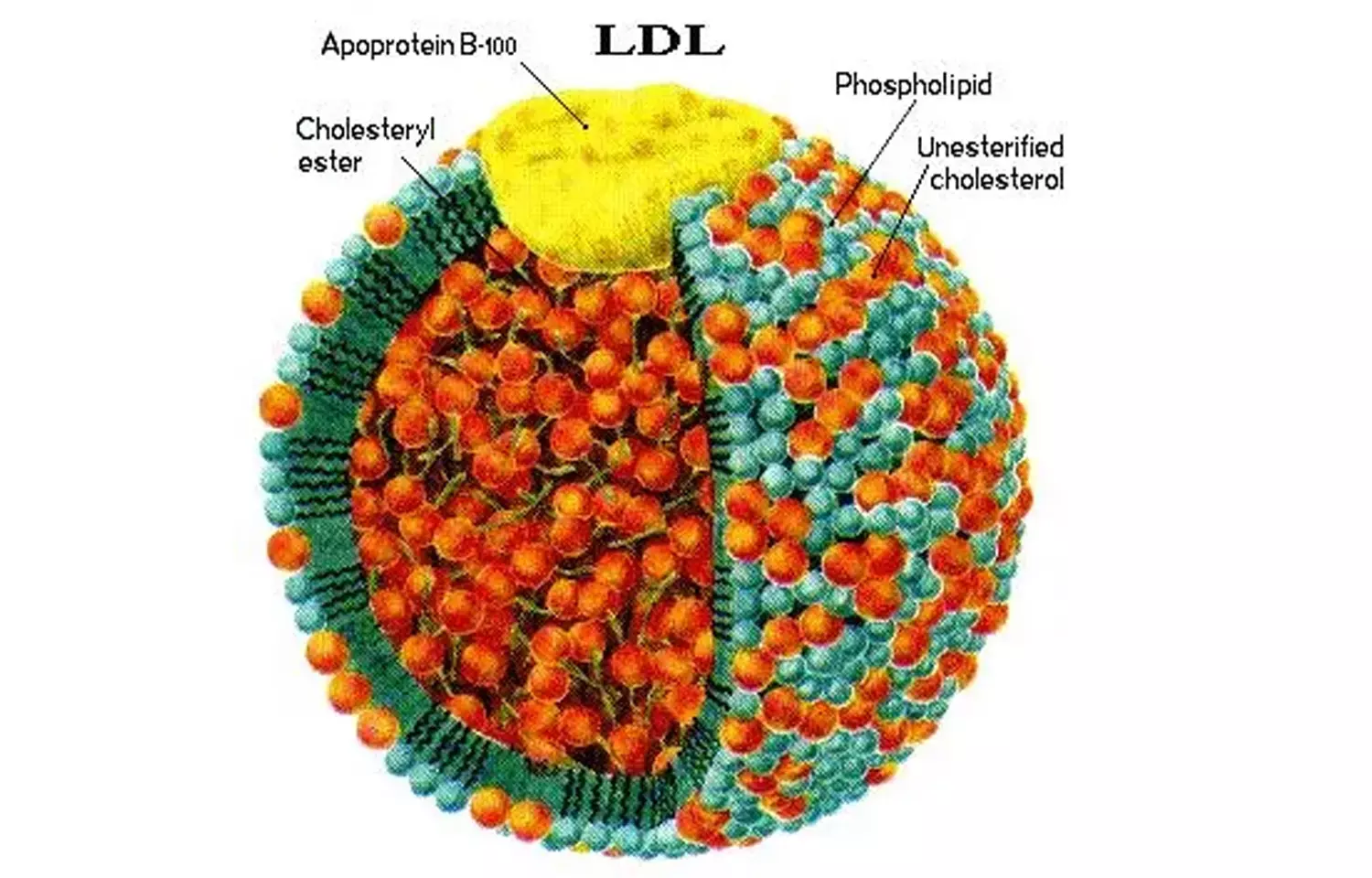- Home
- Medical news & Guidelines
- Anesthesiology
- Cardiology and CTVS
- Critical Care
- Dentistry
- Dermatology
- Diabetes and Endocrinology
- ENT
- Gastroenterology
- Medicine
- Nephrology
- Neurology
- Obstretics-Gynaecology
- Oncology
- Ophthalmology
- Orthopaedics
- Pediatrics-Neonatology
- Psychiatry
- Pulmonology
- Radiology
- Surgery
- Urology
- Laboratory Medicine
- Diet
- Nursing
- Paramedical
- Physiotherapy
- Health news
- Fact Check
- Bone Health Fact Check
- Brain Health Fact Check
- Cancer Related Fact Check
- Child Care Fact Check
- Dental and oral health fact check
- Diabetes and metabolic health fact check
- Diet and Nutrition Fact Check
- Eye and ENT Care Fact Check
- Fitness fact check
- Gut health fact check
- Heart health fact check
- Kidney health fact check
- Medical education fact check
- Men's health fact check
- Respiratory fact check
- Skin and hair care fact check
- Vaccine and Immunization fact check
- Women's health fact check
- AYUSH
- State News
- Andaman and Nicobar Islands
- Andhra Pradesh
- Arunachal Pradesh
- Assam
- Bihar
- Chandigarh
- Chattisgarh
- Dadra and Nagar Haveli
- Daman and Diu
- Delhi
- Goa
- Gujarat
- Haryana
- Himachal Pradesh
- Jammu & Kashmir
- Jharkhand
- Karnataka
- Kerala
- Ladakh
- Lakshadweep
- Madhya Pradesh
- Maharashtra
- Manipur
- Meghalaya
- Mizoram
- Nagaland
- Odisha
- Puducherry
- Punjab
- Rajasthan
- Sikkim
- Tamil Nadu
- Telangana
- Tripura
- Uttar Pradesh
- Uttrakhand
- West Bengal
- Medical Education
- Industry
Counts of Apolipoprotein B particles and lipoprotein A may predict coronary Heart Disease Risk: Study

A recent study published in the European Heart Journal investigated lipoproteins containing apolipoprotein B, a protein essential to transporting “bad” cholesterol. The study concluded that the counts of apolipoprotein B particles and lipoprotein(a) are crucial indicators of lipid-related risk for coronary artery disease. This study was conducted by Jakub Morze and fellow researchers.
Apolipoprotein B (apoB) is found in all atherogenic lipoproteins, including very-low-density lipoprotein (VLDL) and low-density lipoprotein (LDL). Although apoB levels are already established as an important lipid marker, this research attempted to determine whether the particular type, size, or subclass of apoB-containing particles contributes anything to the predictive value for CAD over and above the total number. The contribution of lipoprotein(a), or Lp(a)—a genetically determined lipid marker—was also evaluated for its independent contribution to cardiovascular risk.
The study examined data for 207,368 UK Biobank participants who had no history of atherosclerotic cardiovascular disease, diabetes, or active lipid-lowering treatment at baseline. The researchers employed multivariable-adjusted Cox regression models to assess the association of various lipid measures with incident CAD. These were:
• Total apoB-P levels as quantified by nuclear magnetic resonance
• Individual lipoprotein class concentrations (LDL and VLDL)
• Size subclasses and mean particle diameter
• Lp(a) concentration as determined by immunoassay
The main outcome was the occurrence of coronary artery disease over the follow-up period.
Key Findings
• Each 1 standard deviation (SD) rise in total apoB-P was linked to a 33% higher risk of CAD (HR: 1.33; 95% CI: 1.30–1.36).
• While VLDL particles did have a greater per-particle CAD risk (HR per 100 nmol/L: 1.22; 95% CI: 1.11–1.34) than LDL particles (HR per 100 nmol/L: 1.07; 95% CI: 1.05–1.08), this was balanced by the observation that LDL contributed 91% of total apoB-P, whereas VLDL contributed only 9%.
• The risk per 1-SD increase was therefore 1.09 (95% CI: 1.05–1.14) for LDL and 1.24 (95% CI: 1.19–1.30) for VLDL.
• Particle size, diameter, or subclass did not demonstrate any significant relationship with CAD after controlling for apoB-P.
• Lipoprotein(a) concentration was still independently predictive of CAD after apoB-P adjustment, with a hazard ratio of 1.18 (95% CI: 1.16–1.20).
• Including Lp(a) in risk prediction models significantly enhanced prognostic accuracy, with the area under the curve (AUC) rising from 0.769 to 0.774 (P <.001).
This study concludes that total apoB-containing particle number (apoB-P) as the most accurate predictor of coronary artery disease risk, irrespective of particle size or type. Furthermore, lipoprotein(a) offers independent prognostic utility and must be factored into CAD risk evaluation. Combined, these markers provide an improved and more straightforward method for assessing atherosclerotic risk in clinical practice.
Reference:
Jakub Morze, Giorgio E M Melloni, Clemens Wittenbecher, Mika Ala-Korpela, Andrzej Rynkiewicz, Marta Guasch-Ferré, Christian T Ruff, Frank B Hu, Marc S Sabatine, Nicholas A Marston, ApoB-containing lipoproteins: count, type, size, and risk of coronary artery disease, European Heart Journal, 2025;, ehaf207,https://doi.org/10.1093/eurheartj/ehaf207
Dr Riya Dave has completed dentistry from Gujarat University in 2022. She is a dentist and accomplished medical and scientific writer known for her commitment to bridging the gap between clinical expertise and accessible healthcare information. She has been actively involved in writing blogs related to health and wellness.
Dr Kamal Kant Kohli-MBBS, DTCD- a chest specialist with more than 30 years of practice and a flair for writing clinical articles, Dr Kamal Kant Kohli joined Medical Dialogues as a Chief Editor of Medical News. Besides writing articles, as an editor, he proofreads and verifies all the medical content published on Medical Dialogues including those coming from journals, studies,medical conferences,guidelines etc. Email: drkohli@medicaldialogues.in. Contact no. 011-43720751


